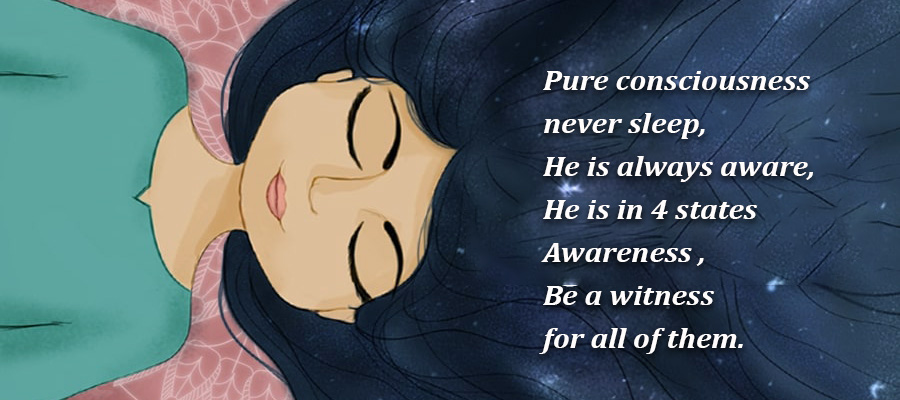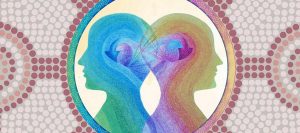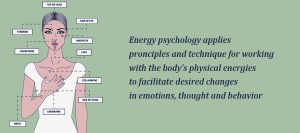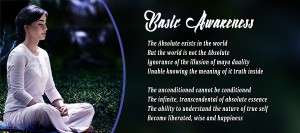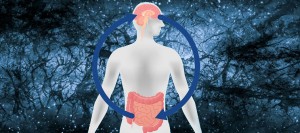- 1Mind and Prana
- 1.1Healing
- 1.2Sleep and the Home
- 2The Great Cosmic Dream
- 3Every Day as the Creation of the Entire Universe
- 4THE POWER OF CONSCIOUSNESS
- 5Three Worlds and Five Bodies
- 6SLEEP AS A SPIRITUAL DISCIPLINE
- 7Ayurvedic View of Dreams
- 8SLEEP PROBLEMS
- 8.1Why do we sleep?
- 8.2How does sleep affect memory?
- 8.3What has changed in sleep research?
- 8.4What do you measure to test brain health?
- 9NIDRA YOGA — MINDFUL SLEEP
- 10YOGA AT EACH LEVEL OF CONSCIOUSNESS
- 10.1Yoga in the Waking State
- 10.2Yoga in Deep Sleep
- 10.3Yoga in the Fourth State
- 11Natural Patterns of Sleep
- 12Dreams and the Astral World
- 13Science and the Mind
Science and the Mind
Over thousands of years, india’s civilization has made the inner science of consciousness its main concern. Dharmic civilization recognizes that inquiry into the nature of consciousness is the most important way of knowledge and the most fundamental pursuit in life. This inner science is the supreme science, because through it alone can we truly understand the nature of the universe, its origin and goal, and also the nature of our own inner being, which is one with all.
Modern science, with its many new research projects, is slowly developing a new view of consciousness that is better aligned with Dharmic traditions than the old, fixed, material view of the world. It is approaching consciousness in two ways.
First, quantum physics is proposing a unitary field of consciousness behind the universe in order to explain the coherence of the laws of nature. So far, this universal field of consciousness is but a theory. Yet, it is well known in Vedic thought as Brahman, the pure consciousness behind the universe, the Vedic idea of God, the Divine, or the Supreme Reality, the origin and end of all.
The second scientific approach to consciousness is through modern neuroscience, which includes the mapping of the brain, its functions and energies, and exploring how these affect our minds and our cognition, including sleep and dream. This new form of brain study is discovering the healing powers of yoga and meditation for mental health and neurological functioning.
Still, modern science remains far from embracing consciousness as the Supreme Reality. The problem is that neuroscience identifies brain as the origin of mind and consciousness, which limits consciousness to the body, to physical reality. From this perspective, chemical medicine remains the main method for treating mental dysfunctions.
Hindu thought teaches us that brain, mind and consciousness are related but different in nature. The physical brain is an instrument for the mind, but the mind has a level of existence extending beyond physical reality. The core mind, our karmic patterns, will leave the body at death and go on to another body and another life–as many yogis, mystics and occultists are well aware.
Yet the mind, which has its own structure and functions and is part of nature, is not supreme either. It is an instrument for a deeper consciousness, our true Self beyond body and mind, which is the real source of awareness and is beyond all change and action, time and space. The atman is one with Brahman as the universal consciousness. The universal consciousness and embodied consciousness or mind are inseparably linked.
Behind the physical brain and its chemistry is what could be metaphorically called a subtle brain of energy and awareness, the thousand-petal lotus, the highest of the seven chakras of yogic thought. It holds the secrets of higher consciousness, but must be activated by yogic practices. It is largely dormant or unevolved in the ordinary person.
When modern science explores the brain for understanding consciousness, it is like measuring a man by examining the movements of his shadow. Hindu thought teaches us first how to transcend the brain along with its biological limitations and compulsions, then how to transcend the mind, which is individualized consciousness, to move beyond our karmic limitations. This leads us to eventually understand pure consciousness, which is an all-pervasive universal principle. This requires going to the core of our awareness that persists behind waking, dream and deep sleep.
Learn to transform your daily activity into a daily adventure in consciousness. Observe the changes of waking, dream and deep sleep with profound attention, as containing many secret doors to higher awareness. Cultivate a moment-by-moment awareness, so that you are always alert. Remember your eternal pilgrimage in consciousness ,with each day as a stage in its cosmic unfoldment. Be aware of your daily movements from waking to dream and deep sleep and study how they affect body, prana and mind. Be awake within your eternally wakeful Self. Remember that to fall asleep in consciousness or to lose our awareness is a great calamity. Value every day as the ultimate day, the eternal day of the Divine Life. Try to bring out your eternal potential every day in a new way. Attune yourself to the power of consciousness that moves you through the three states. Let it take you beyond them as well. Your consciousness is the inner guide of the drama and destiny of your life.

